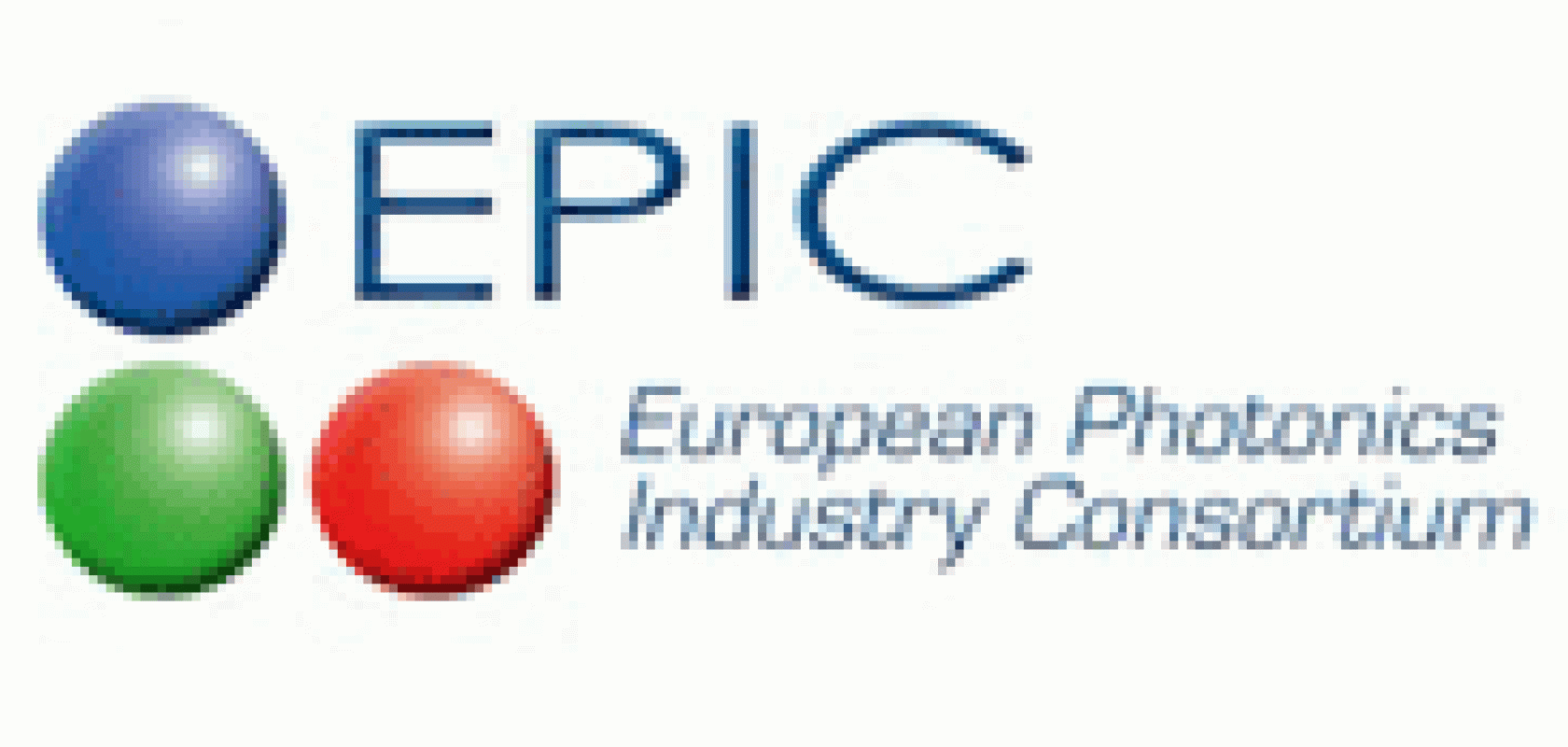The European Photonics Industry Consortium (EPIC) has released a report, published by Optech Consulting, analysing the state of the market for fibre lasers, and examining ways in which the market could be grown.
According to the report, the market for fibre lasers has grown from $105m in 2005 to $300m in 2008, equating to a compound annual growth rate of 42 per cent per annum. The analysis shows that materials processing applications continue to be the most important market sector, accounting for 70 per cent of the 2008 market ($210m), a slight increase on the 67 per cent the sector accounted for in 2005. This figure means that fibre lasers accounted for seven per cent of the 2008 worldwide market for all lasers in materials processing, estimated by Optech to be worth $3bn.
Tom Pearsall, general secretary of EPIC, believes that there is still a lot of room for improvement. 'If we look at the major application, which is materials processing, fibre lasers offer superb beam properties, but the continuous wave (CW) power coming out of fibre lasers has really been stuck at 2kw for a couple of years,' he told electrooptics.com. The power of available fibre lasers increased steadily as the technology became established, but further increases are hampered by the difficulties of photodarkening within the glass fibre, the causes of which are poorly understood. Researchers are working on achieving higher CW power through multiplexing several fibre lasers into one beam or through the use of fibres made of photonic crystals, rather than the amorphous silica of which they're conventionally composed. Pearsall believes that 'increasing the power output of fibre lasers is necessary in order to make more serious in-roads into the market of CO2 lasers',’the dominant laser within industry for marking and cutting of steel; 'the market is growing at the expense of other lasers that are already in the field and have already been commercialised.'
While increasing the power of fibre lasers may help the technology to take a larger market share within manufacturing, expanding into new markets will require developments of a different nature. The market for medical fibre lasers was valued at $21m in 2008, accounting for seven per cent of total sales. However, due to the predominance of manufacturing applications of fibre lasers, near infrared (NIR) wavelengths have seen the most development, as these wavelengths are best suited to cutting and marking metals. Although NIR fibre lasers are currently used for a variety of cosmetic procedures involving skin ablation, more advanced clinical applications tend to make use of the absorption characteristics of living tissues. The wavelengths most useful for these applications are in the visible range, with a particular need for a yellow laser.
Fibre lasers do, however, have excellent beam qualities, and a long beam waist in particular is advantageous in medical applications. This allows the laser to remain focused for several millimetres when passing through tissues.
Pearsall concludes: 'What the fibre laser has brought to the industrial laser business is an unparalleled level of manoeuvrability of the light beam, control over its quality and an ability to be able to use it in a very precise way. All this has been accompanied by a dramatic reduction in the size of the instrument; we used to wheel fibre lasers around in cabinets, and now they come in a little package that you can put on your desktop.'

